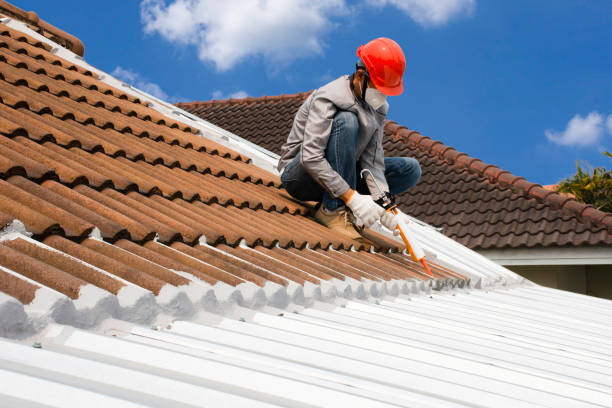Although roofing’s role is rarely discussed, it has been a topic that is getting attention. Steven Chu (ex-US secretary of energy) has called roofs the answer to global warming. The urban heat island effect is a phenomenon where buildings can increase local temperatures. They replace forests and grasslands. The U.S. urban area is predicted to increase by two-thirds by 2100.
Green roofs
Green roofs have been growing in popularity worldwide, despite the difficulties involved. The market is expanding at a rate of over 17% annually. Paris, France, will open the largest rooftop farm in the world, surpassing those of New York City and Chicago. I regard Stuttgart as the green roof capital of Europe, while Singapore is installing green roofs on buses. Green roofs are a success because of their ability to be developed and researched. Governments and businesses play a significant role in this.
The location and climate of a building will influence the benefits a green roof can provide. Various climates and local geographies are more suitable for some green roof applications than others. Geographic location also affected the adoption policy, since green roofs work better in certain climates. Different studies have analyzed similar environmental factors and found distinct differences. Researchers may use a meta-analysis to identify factors that might account for these differences.
Reflective roofing
There is no one answer for whether reflective roofs can improve energy efficiency. Several studies have addressed this issue on different scales, including a continent-wide study led by Zhang et al., and a metropolis-wide study led by Sailor. There are contradictory results even in this area, it seems. While one study suggests that reflective roofs are beneficial, the other suggests they can actually increase global warming.
Reflective roofs won’t work well in inhospitable environments. These roofing materials are suitable for warm climates, but they can be susceptible to condensation in colder climates. Some design modifications allow reflective roofs to perform well in cold climates. The unintended consequence of cool roofing is condensation. The moisture that accumulates during construction can raise the relative humidity levels in newly constructed facilities. Winter temperatures tend to be the hottest so this problem can get worse.
Flat roofs
Flat roofs were first developed in the 19th century when structural steel and concrete became waterproof. The flat roofs of mineral felt were popular because they could be affordable and last many years. These roofing systems are single-ply and widely available today. Fitters must have the right tools and expertise to install and maintain flat roofs. Listed below are some important factors to consider.
The location of the building may influence the design of flat roofs. A hilly area would need a taller building than one with a sloped roof. Also, the building’s location will affect the type of material to use. These flat roofs are best for those homes that are near high-density areas. A sloped roof works well in summer, but a lower-laying roof can be more effective in winter.
Coastal areas
Roofing design for coastal areas should take a few extra precautions. For example, metal roofing will require regular inspections to ensure that it is free from corrosion and damage after severe storms. To remove any salt-spray residue, make sure that metal roofing is regularly washed with clean water. These are some guidelines for roofing designs in coastal areas. You should also know local building codes. Consider coastal locations when searching for roof designs.
Coastal regions require different roofing than those in other climate zones. Coastal areas may be beautiful for much of the year, but can be quite harsh during certain periods. Roof materials for coastal regions must resist high winds, be strong, and can be easily repaired. In addition, these environments are often very damp, so you should consider the climate and humidity when choosing to roof materials. Ceramic tiles can be a brilliant choice if your roof is in humid conditions. They are also fire and water-resistant.
Regions that are semi-tropical
Semi-tropical means that the Southeast U.S. has a humid, warm climate with lots of heat. These conditions make metal and wood roofs vulnerable to moisture and heat. To combat these conditions, consider using reflective materials, ventilated double roofs, and larger overhangs. Algae can also affect shingle roofs and graying from the intense sunlight. These regions are where tile roofs are very popular.
Subtropical regions are another area where roofs can pose problems. Subtropical climates present unique challenges to construction projects. High humidity, wind, heat, rainfall, storms, and even hurricanes can damage structures. These regions have special roof needs that need to be considered. Green roofs may help with these problems depending on what climate it is. By incorporating a variety of vegetation, they can also contribute to the aesthetics and health of buildings.

